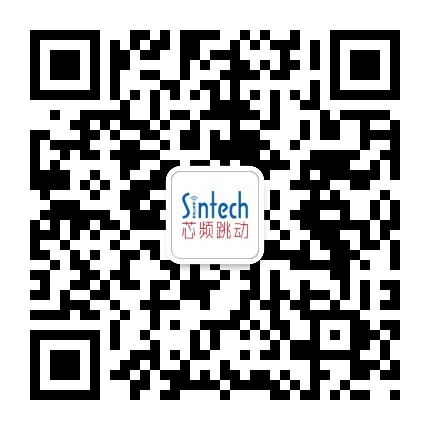Near field communication (NFC) is a kind of short distance wireless communication technology developed based on RFID technology. Like RFID, NFC information is transmitted through electromagnetic induction coupling in the wireless frequency part of the spectrum, but there are still big differences between the two. The transmission range of RFID is smaller than that of RFID, and the transmission range of RFID can reach 0~1m. However, due to the unique signal attenuation technology adopted by NFC, NFC has the characteristics of low cost, high bandwidth and low energy consumption compared with RFID.
The main characteristics of near field communication technology are as follows:
(1)Wireless communication technology for short distance (within 10cm) secure communication
(2)RF frequency: 13.56MHz
(3)RF compatibility: ISO 14443, ISO 15693, Felica standard
(4)Data transmission speed: 106Kbit /s, 212Kbit /s, 424Kbit /s
The current near field wireless communication technology includes RFID, Bluetooth, infrared, etc.
NFC is a short-range, high-frequency wireless communication technology that allows contactless point-to-point data transmission between electronic devices. Its operating frequency is 13.56MHz, the communication distance is 0~20cm (most products are within 10cm), and the transmission rate can be 106Kbit /s, 212Kbit /s, 424Kbit /s and 848Kbit /s.

 language
language





